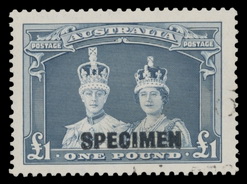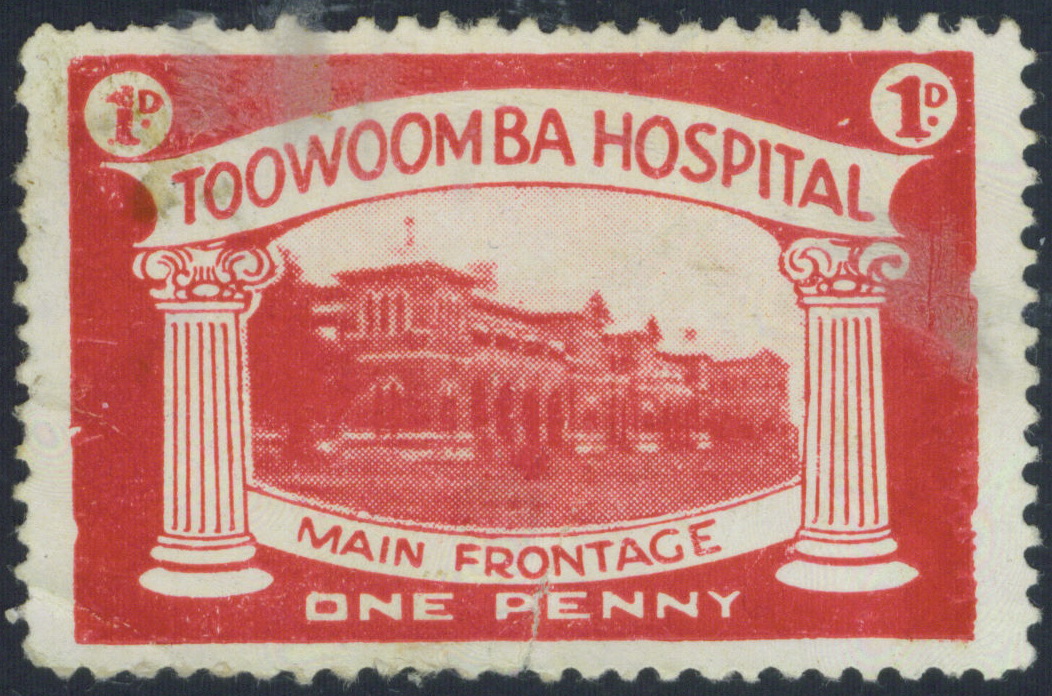Detecting Forged OS Punctures on Australian Commonwealth Issues
How are Forged Punctures CreatedForgeries come in many forms, depending on the skill of the forger, and his access to specialised equipment. At the very basic end of the range, we have the forger who places a good puncture over an unpunctured stamp, and punches through the holes. There are two obvious problems with this method:
These forgeries are usually easy to detect, as in the following examples:
It is hard to understand how anyone could expect such a clumsy effort to pass muster with even an inexperienced collector.
A factor common to many of these clumsy forgeries is a statement, either accompanying the item, or mentioned in a reply if the puncture is queried, along the lines of (a) "I know nothing about stamps, I'm selling this for a friend", or (b) "sold as is". Believe such statements at your peril. Both the above examples were removed by Ebay following representations by PCNZA. Moving further up the scale, the same method can be used, but with a more sophisticated punching device, such as a round pointed object with a concave tip. Such a device will leave holes which are more clean-cut than the previous method, such as in this example:
Other methods require a jig of some sort to be created to punch each letter. This method is getting closer to matching the real device, and is usually based on the pattern in a good puncture, but requires someone skilled in metalwork and working with very fine tolerances to create a device which produces results which are close enough to the real puncture to fool anyone not giving the puncture a close examination. Because each letter is punched separately, it is difficult to get the relationships between the two letters completely correct, so that close examination discloses any discrepancies. The top of the range method requires two such devices clamped together so that the relationship between the two letters is fixed. This type of device produces the best result, and when done well is very difficult for the average collector to identify when looking at a single stamp. But sometimes forgers get careless, and apply the puncture to multiples. If the multiples are in a horizontal strip, it is actually simpler for the collector to identify, because every puncture is identical - and this is not the case in real life. Because the real punctures were done using a set of (usually) 12 different punching devices, on a row of stamps at a time, there are minute differences between each pair of devices. But note that this comment does not generally apply to vertical strips - because in real life, the same punching device was used for every stamp in a vertical strip, so they should be identical. |
 |
 |





